Photos show the horrors of Auschwitz, the largest and deadliest Nazi concentration camp, 78 years after its liberation
It has been 78 years since the Soviet Army liberated Auschwitz, the largest Nazi concentration complex.
First established in 1940, Auschwitz had a concentration camp, large gas chambers, and crematoria.
More than 1.1 million people were murdered at Auschwitz, including nearly one million Jews.
It was the greatest tragedy of the Holocaust. In just five years, over one million people were murdered at Auschwitz, the largest and deadliest Nazi concentration camp.
Auschwitz was established in 1940 and located in the suburbs of Oswiecim, a Polish city the Germans annexed. Between 1940 and 1945, it grew to include three main camp centers and a slew of subcamps — each of which were used for forced labor, torture, and mass killing.
An estimated 1.3 million people were deported to Auschwitz during its five-year operation, and approximately 1.1 million were killed.
The terror of Auschwitz finally subsided on January 27, 1945, when the Soviet Army liberated the remaining 7,000 prisoners from the camps.
On the 78th anniversary of this liberation, these photos exhibit the horror and history of Auschwitz.
Auschwitz was established in 1940 in the suburbs of Oswiecim, Poland. During its first year, authorities cleared 15 square miles for the camp.
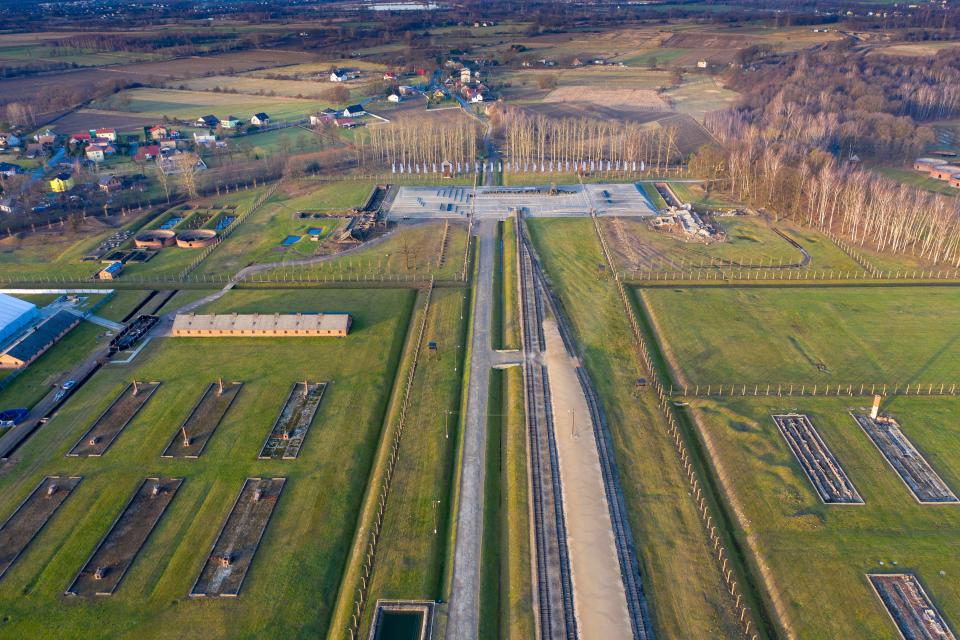
Source: The United States Holocaust Memorial Museum
Auschwitz I, the first camp to undergo construction, was initially created for three reasons: to imprison enemies, to use forced labor, and to kill certain groups of people.
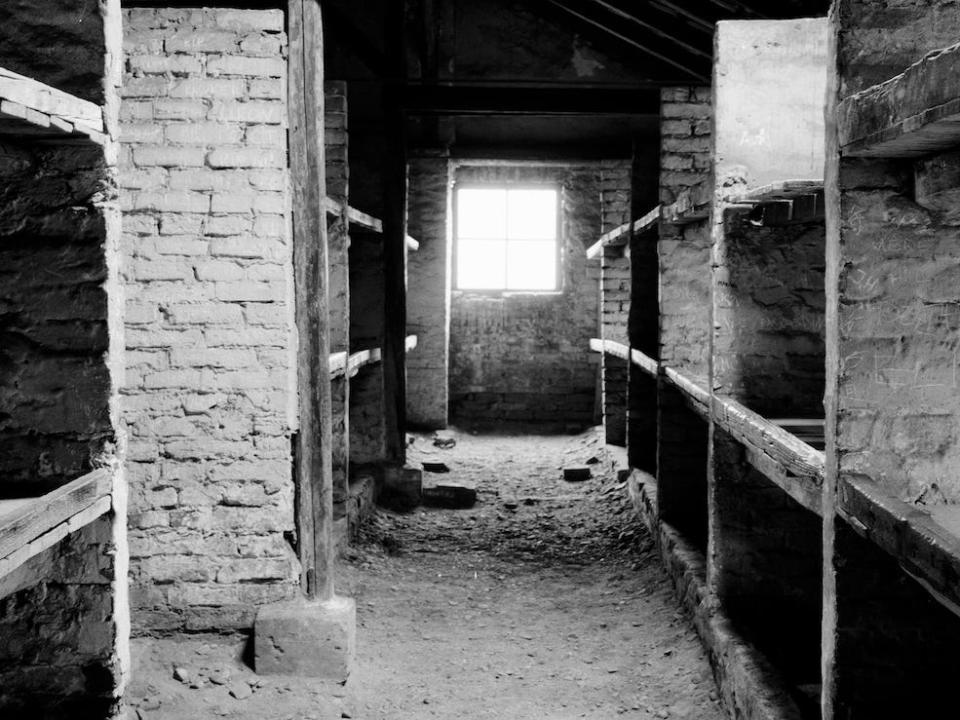
Sources: The United States Holocaust Memorial Museum, Auschwitz‑Birkenau Memorial and State Museum
Construction of the largest camp, Auschwitz II, also called Auschwitz-Birkenau, began in October 1941. Electrified barbed wire divided it into 10 different sections.
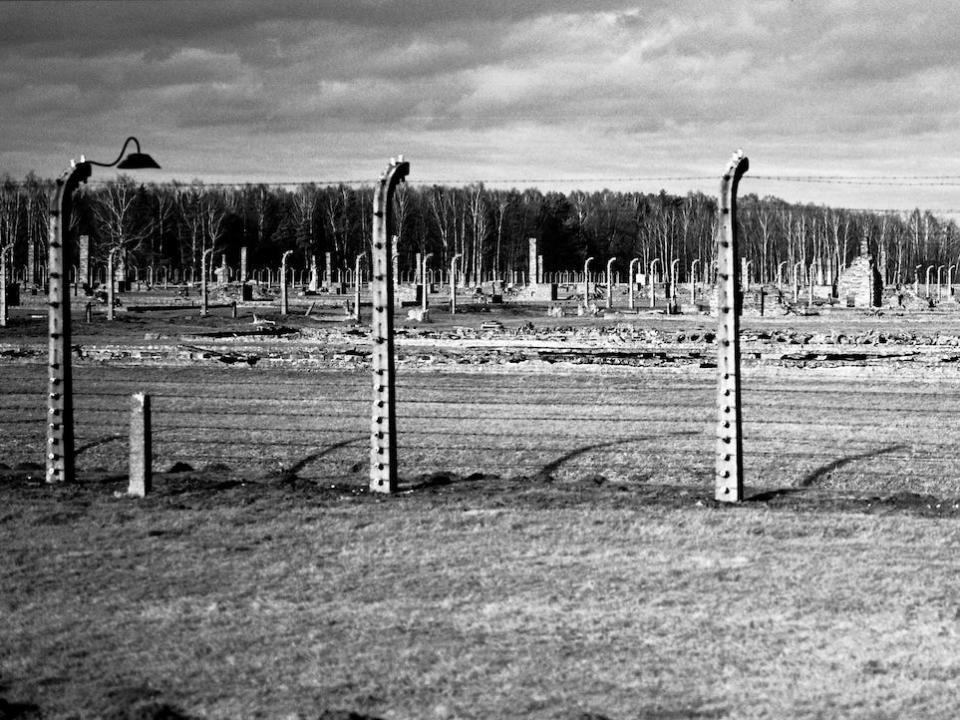
Sources: Jewish Virtual Library, The United States Holocaust Memorial Museum
Auschwitz-Birkenau's different sections were for "women; men; a family camp for Roma (Gypsies) deported from Germany, Austria, and the Protectorate of Bohemia and Moravia; and a family camp for Jewish families deported from the Theresienstadt ghetto," according to the Holocaust Memorial Museum.
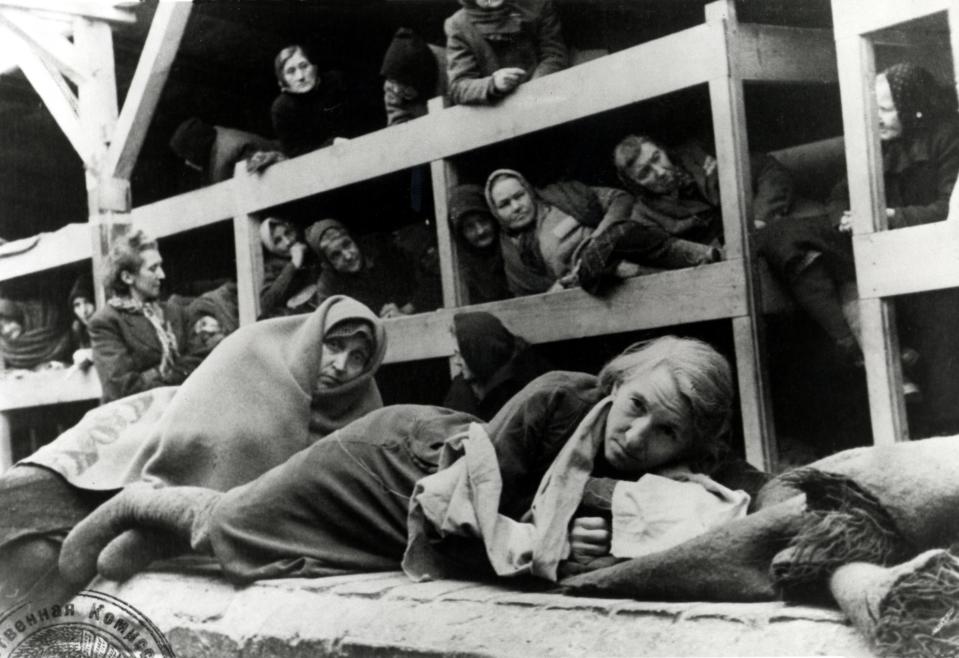
Sources: The United States Holocaust Memorial Museum
Inmates were put into poorly structured wooden barracks with 36 bunks each. Five to six prisoners were packed in so over 500 prisoners were in each unit.
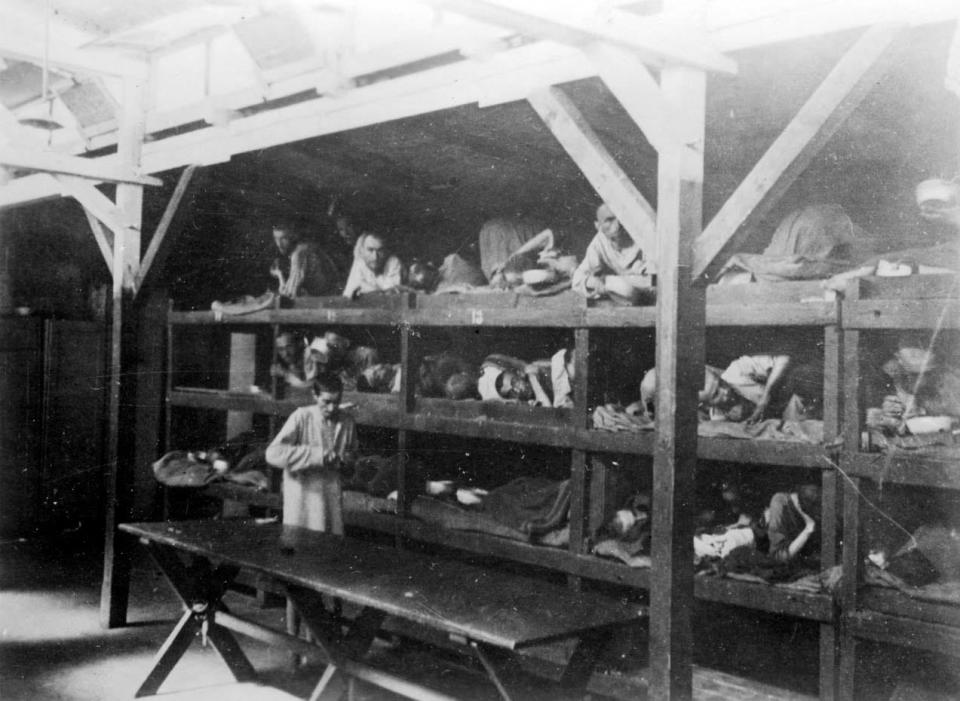
Source: The United States Holocaust Memorial Museum
Incoming prisoners who were selected for forced labor received tattoos and had a serial number sewn into their uniforms. Auschwitz was the only concentration camp to do this.
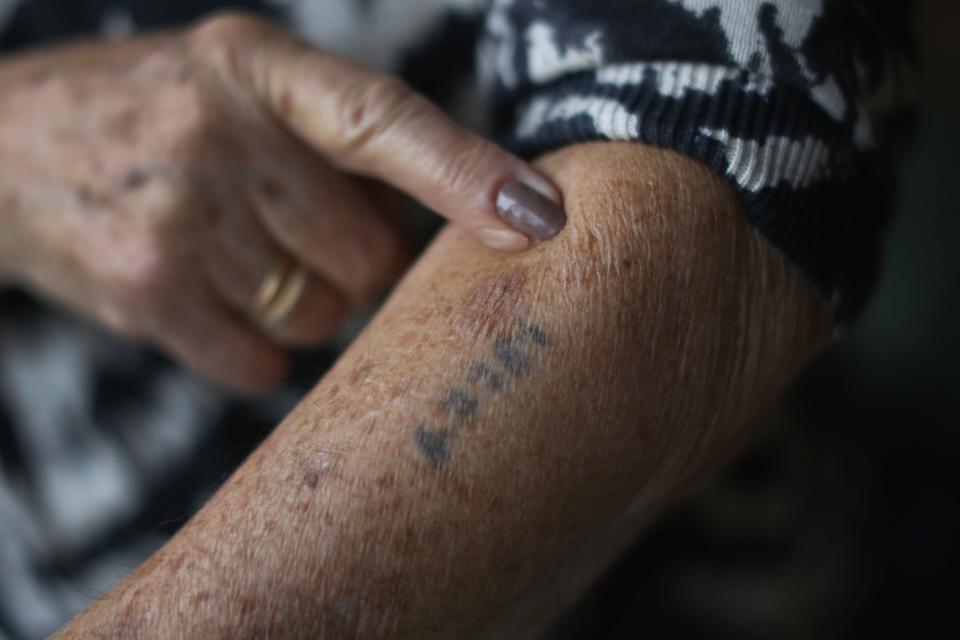
Source: The United States Holocaust Memorial Museum
Shortly after construction, Auschwitz-Birkenau became the largest killing center and central location for the extermination of Jews in Europe.
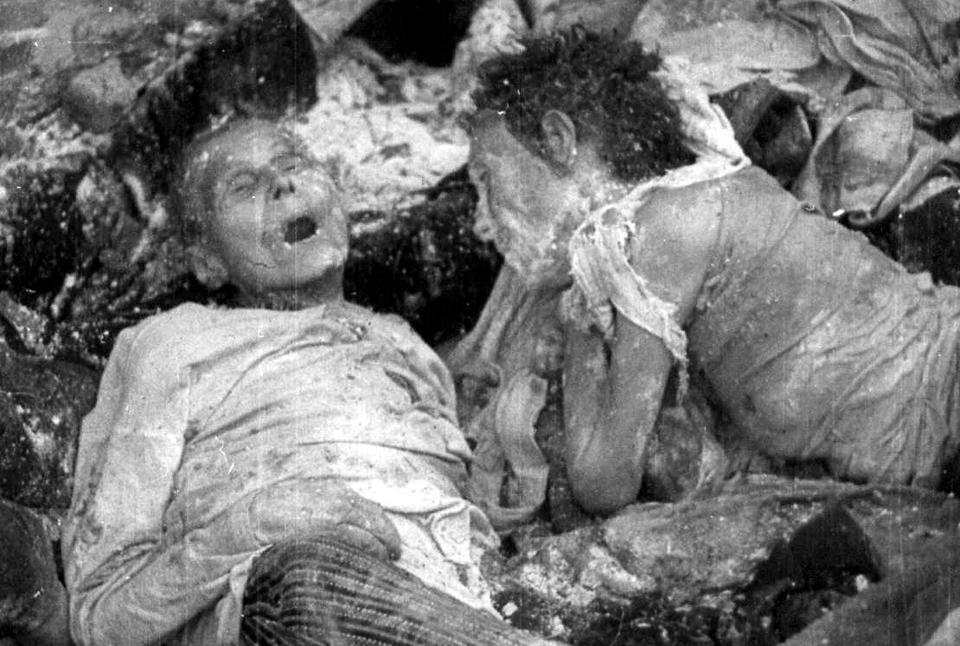
Source: Museum of Jewish Heritage
In 1942, two farmhouses just outside the camp were turned into gas chambers.
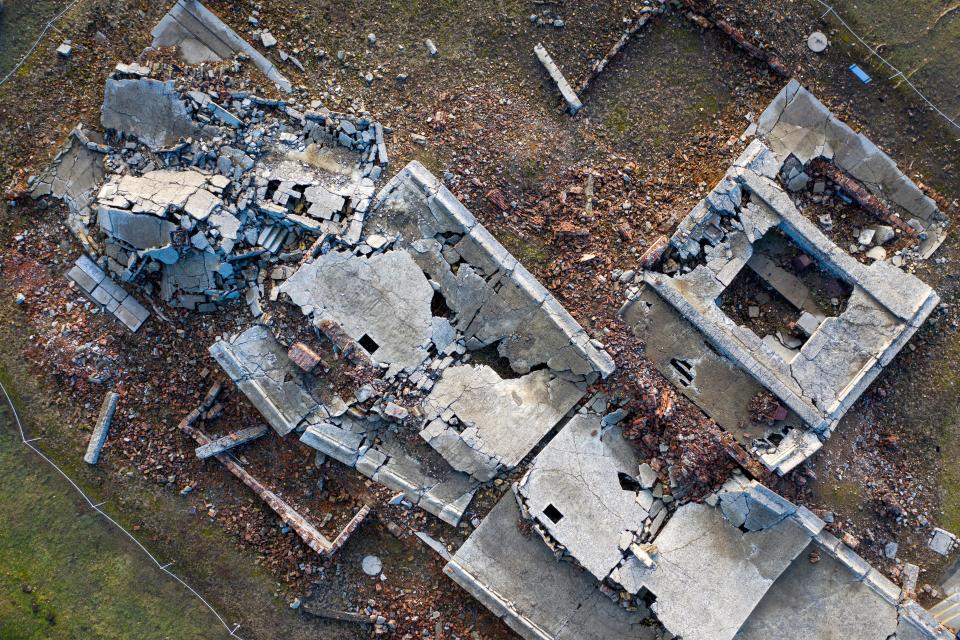
Source: United States Holocaust Memorial Museum
But as Auschwitz-Birkenau became a central location for mass killing, these gas chambers were too small. Four new chambers were built between March and June 1943, each containing a disrobing area, gas chamber, and crematory ovens.
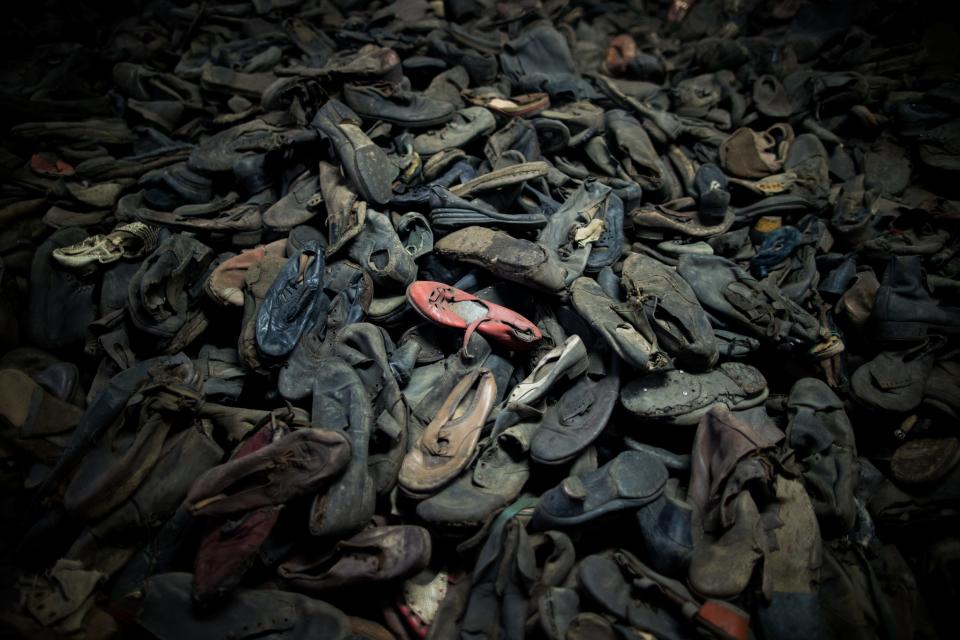
Source: United States Holocaust Memorial Museum
As millions of people were murdered, mounds of eye glasses, razors, shoes, and other belongings were left behind.
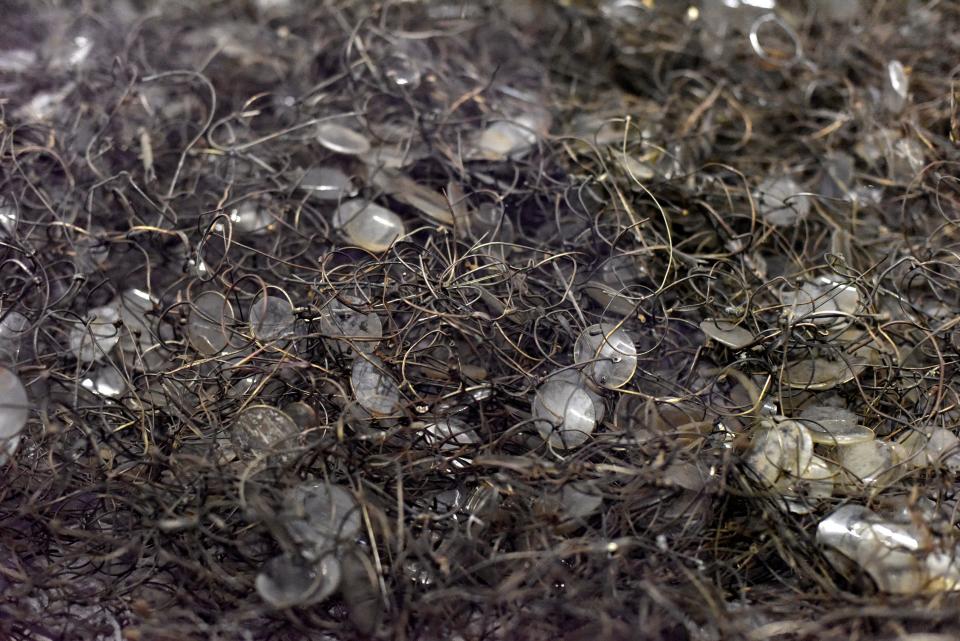
In 1942, Auschwitz III, also known as Buna or Monowitz, opened near the town of Monowice to house more forced laborers.
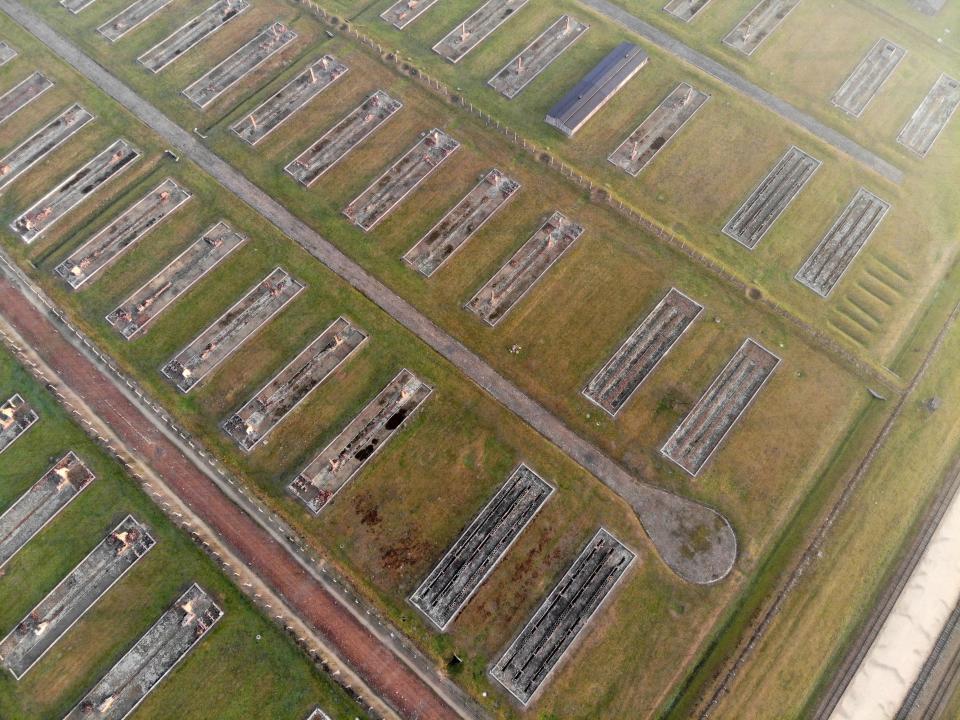
Source: United States Holocaust Memorial Museum
Forty-four subcamps with different specializations were established at Auschwitz between 1942 and 1944. The Nazis made prisoners work on large farms, in coal mines, in weapons production — basically anything the German military needed for war.
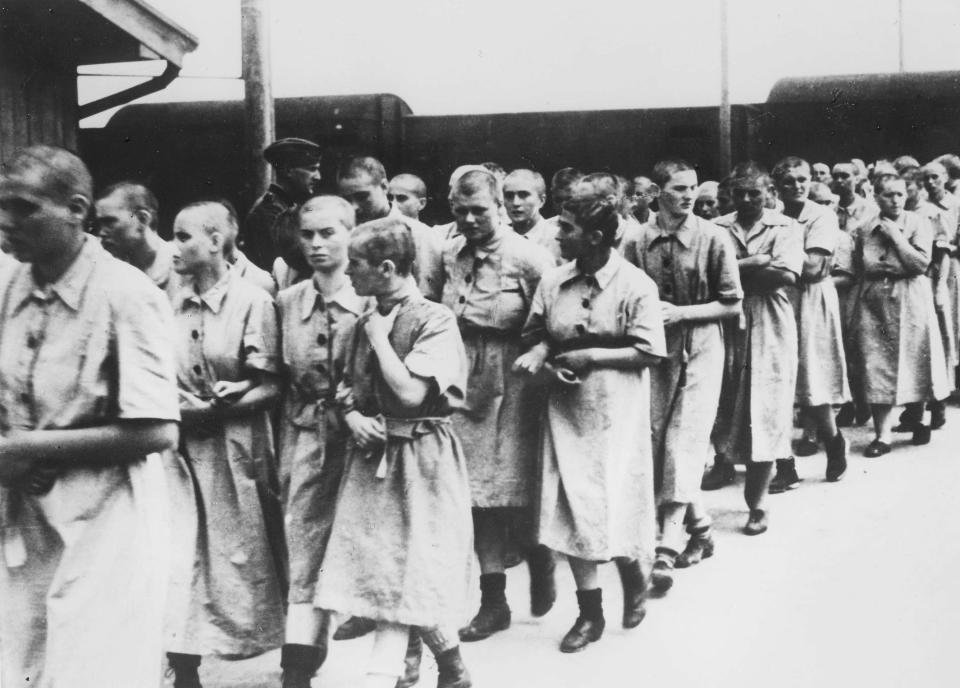
Source: United States Holocaust Memorial Museum
Between 1940 and 1945, an estimated 1.3 million people were sent to Auschwitz. Approximately 1.1 million were killed.
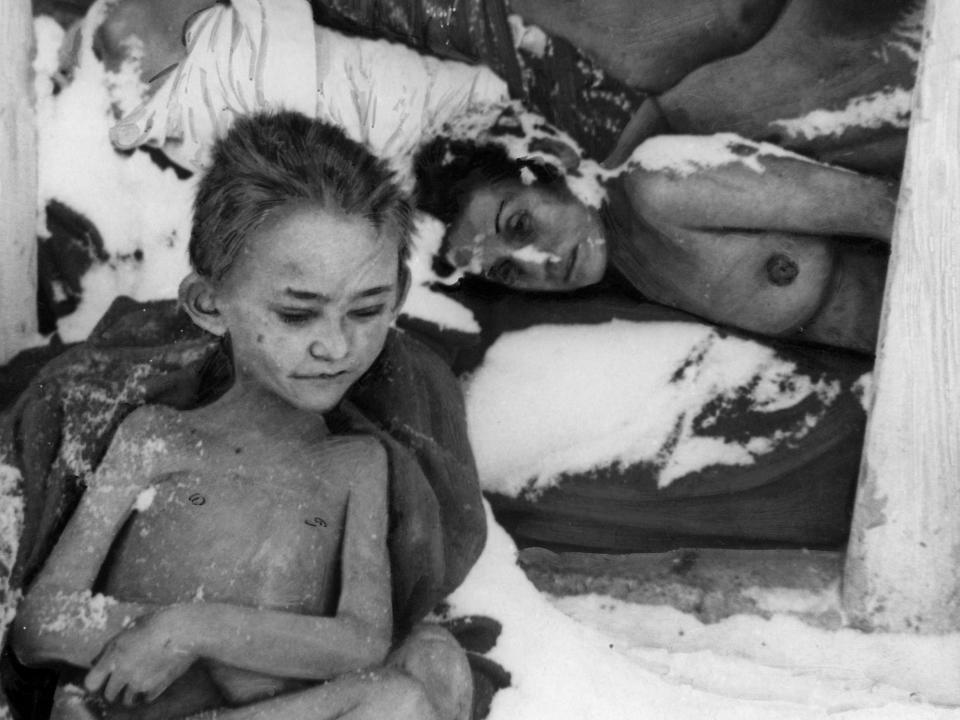
Source: Museum of Jewish Heritage
In January 1945, before Soviet forces could reach the camps for liberation, nearly 60,000 people were forced to march west, and thousands more were killed.
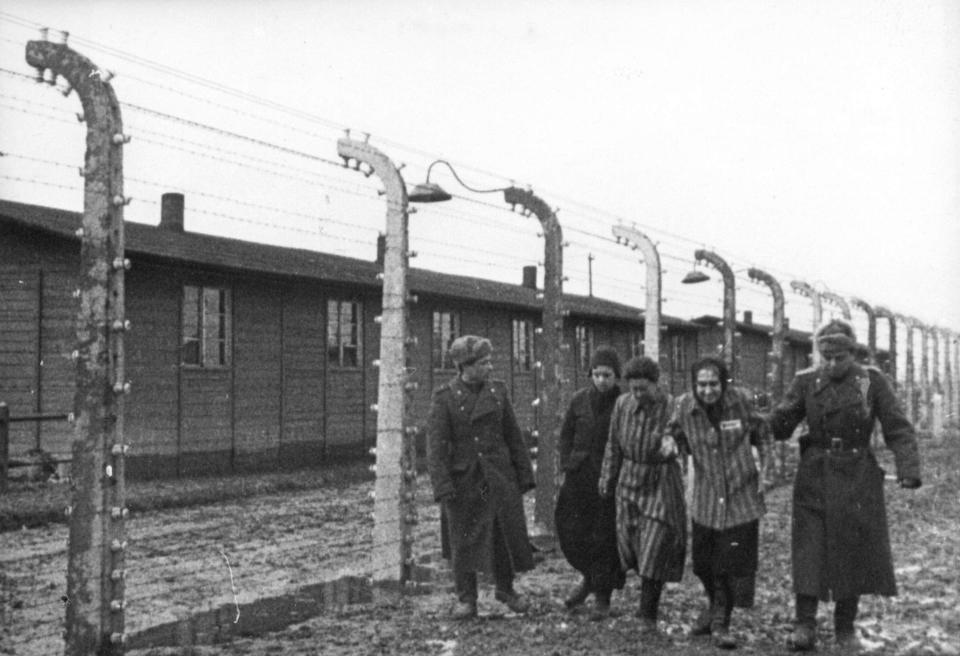
Source: The United States Holocaust Memorial Museum
The terror finally subsided on January 27, 1945, when the Soviet Army reached the gates of Auschwitz.
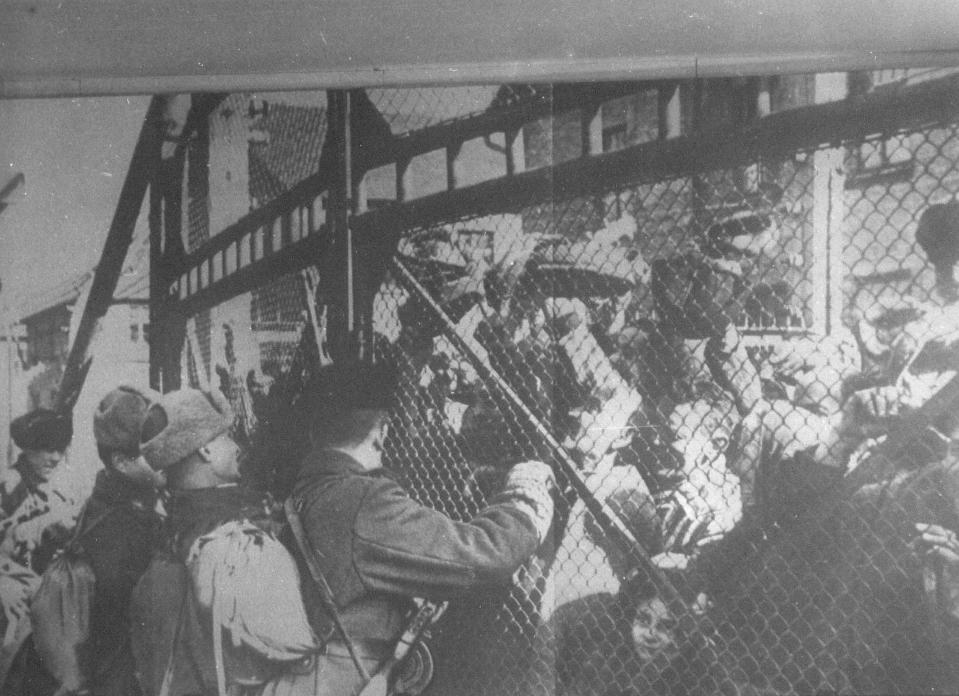
Source: The United States Holocaust Memorial Museum
When Soviet soldiers arrived, only between 6,000 and 7,000 prisoners remained. The majority of them faced starvation, illness, and death.
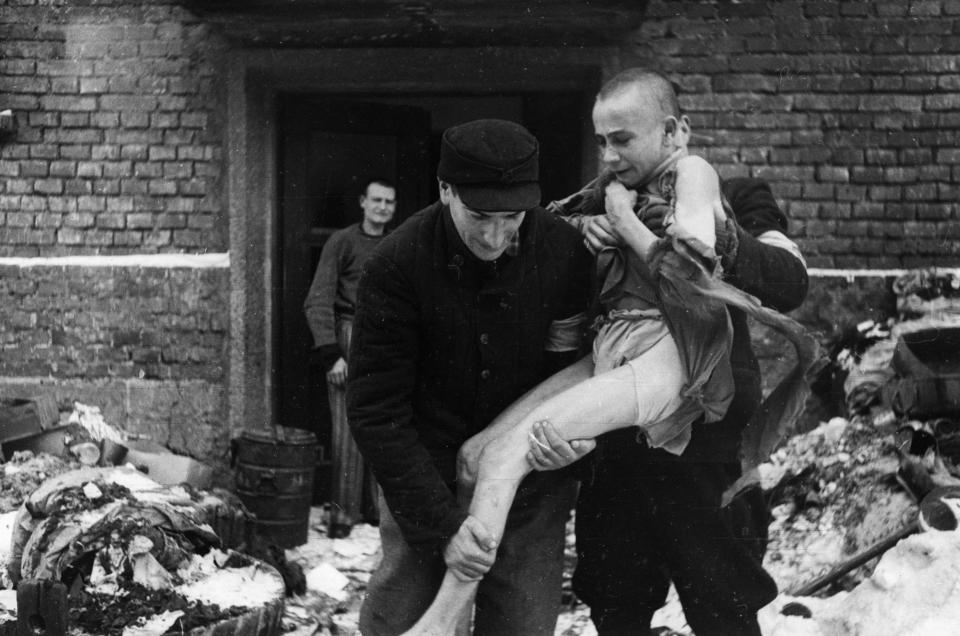
Source: The United States Holocaust Memorial Museum
Available records indicate that when the soldiers arrived, at least 700 youth prisoners were still at the camp, half of whom were Jewish.
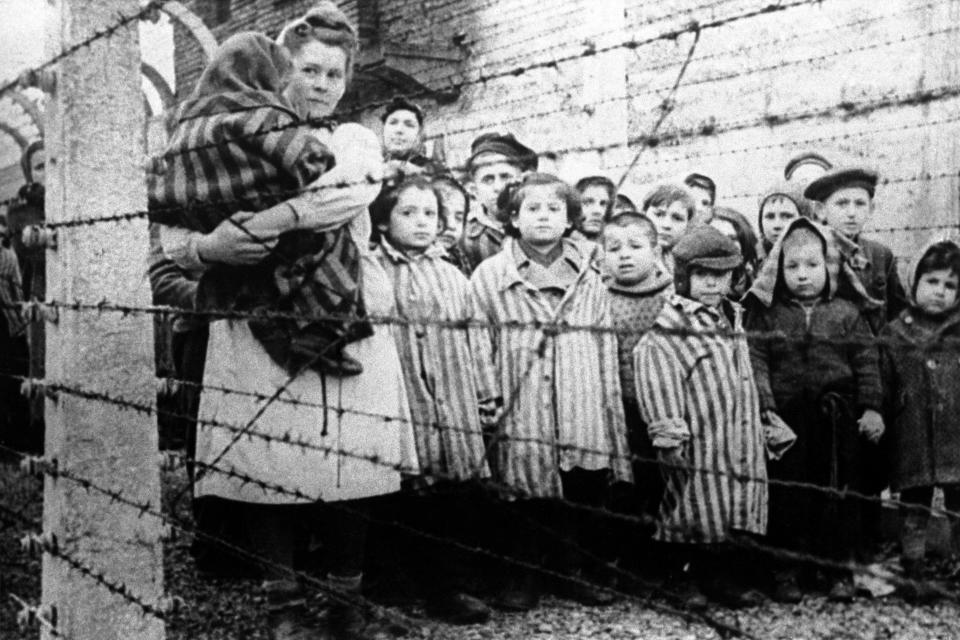
Source: Auschwitz-Birkenau Memorial Museum
In many cases, the liberated children were malnourished, severely weak, vitamin deficient, and diseased. Of 180 children examined after liberation, 40% had tuberculosis.
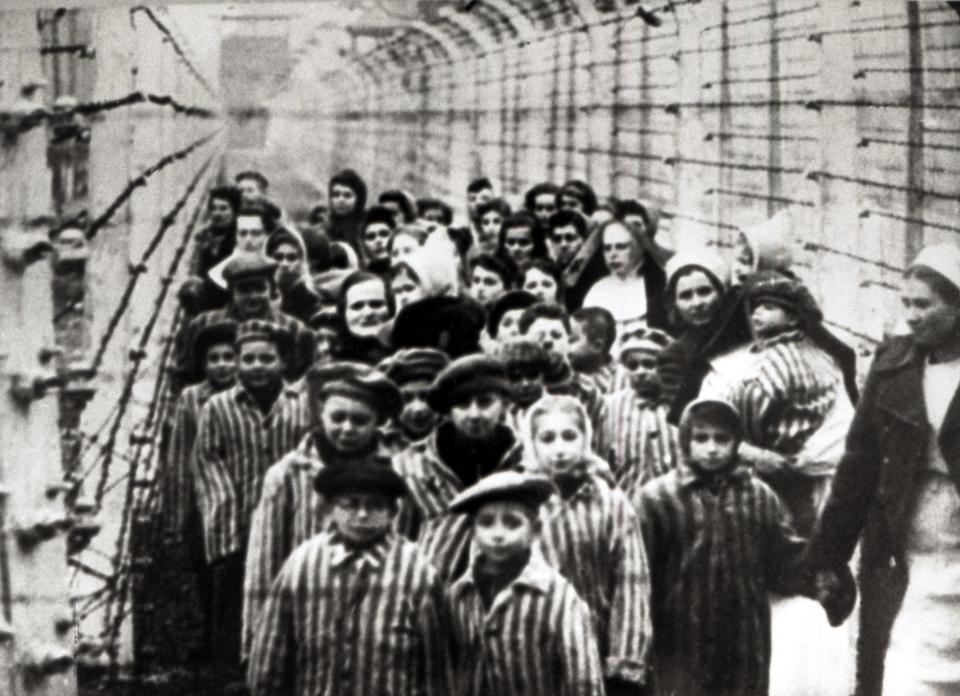
Source: Auschwitz-Birkenau Museum
Immediately after liberation, many of the children were sent to hospitals organized by the Soviet army and the Polish Red Cross.
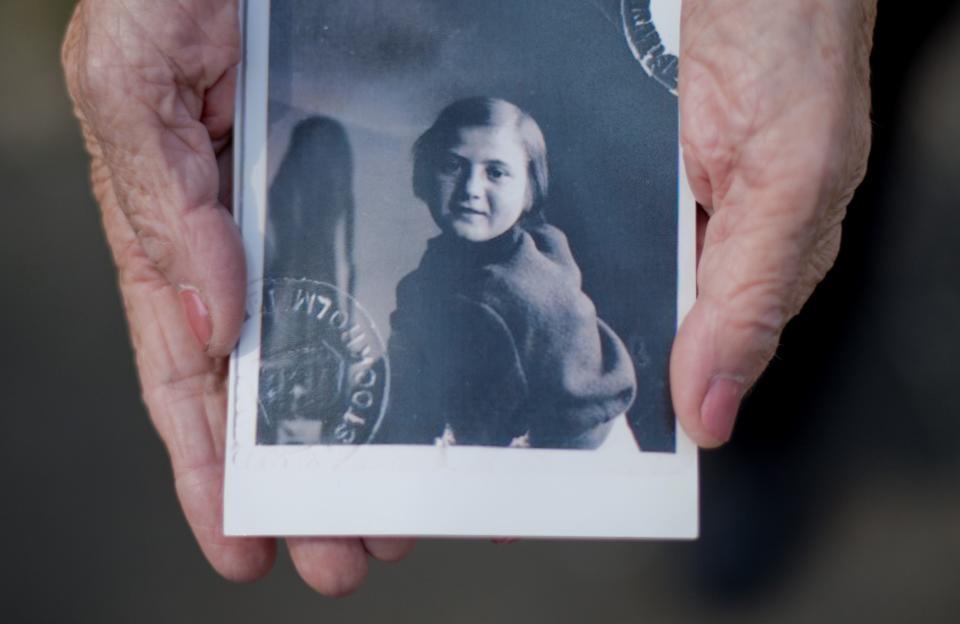
In 2016, a group of children who survived the horrors of Auschwitz met to take their photo together.
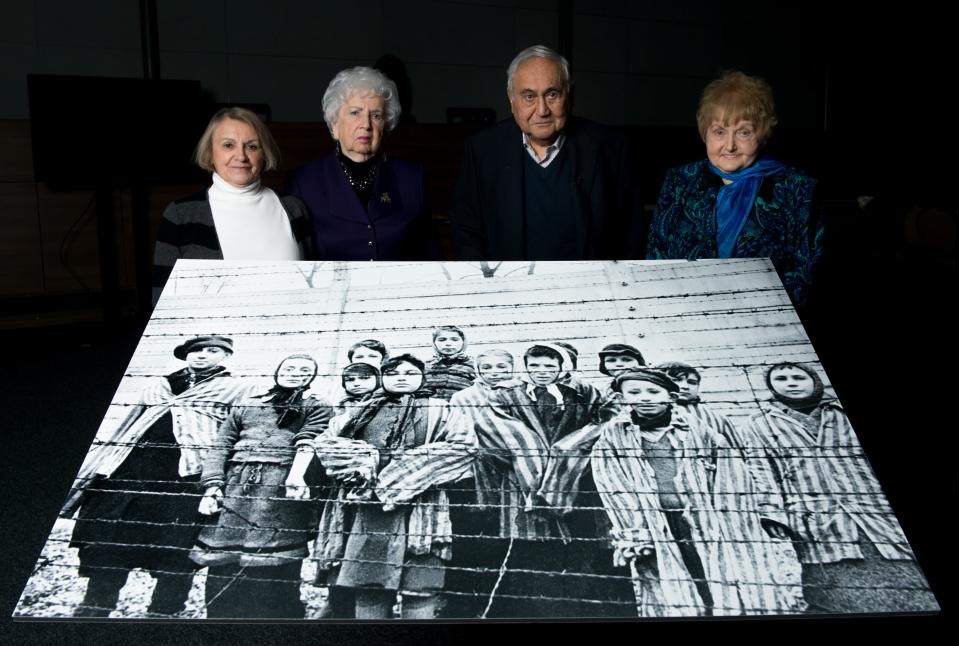
In total, 6 million Jews were killed during the Holocaust. One-sixth of these exterminations happened at Auschwitz alone.
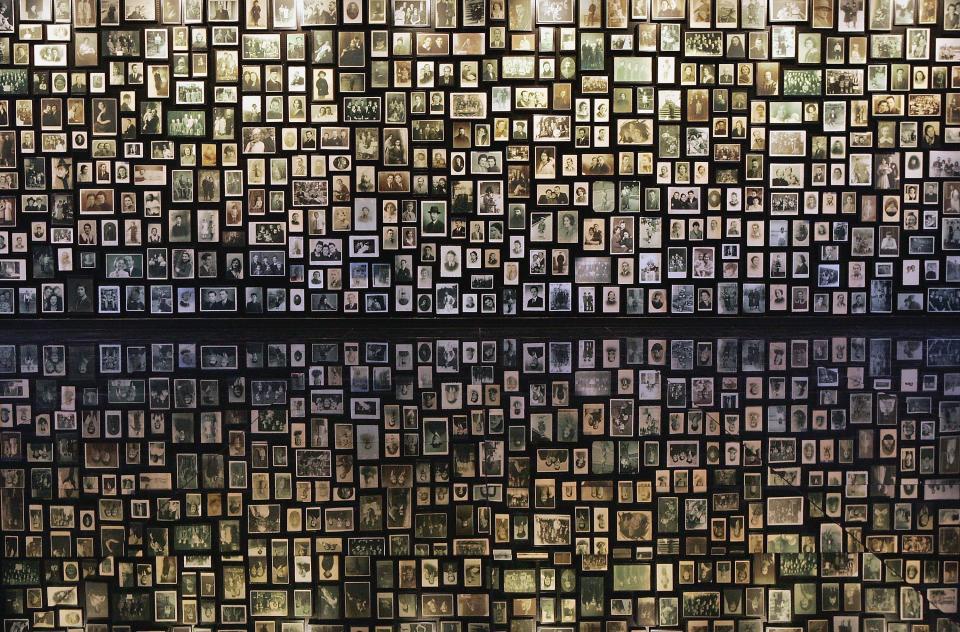
Source: United States Holocaust Memorial Museum
To commemorate this grave tragedy, world leaders met in Israel in 2020 to mark 75 years since the camp's liberation.
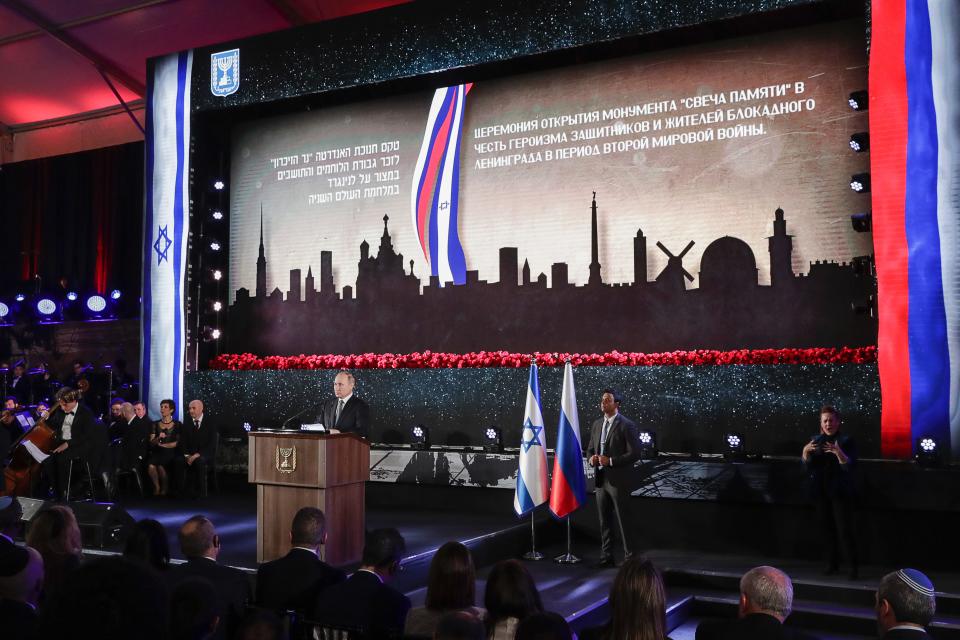
On January 27, 2023, Holocaust survivors gathered in Oswiecim, Poland, to attend a ceremony marking the 78th anniversary of the liberation of Auschwitz.
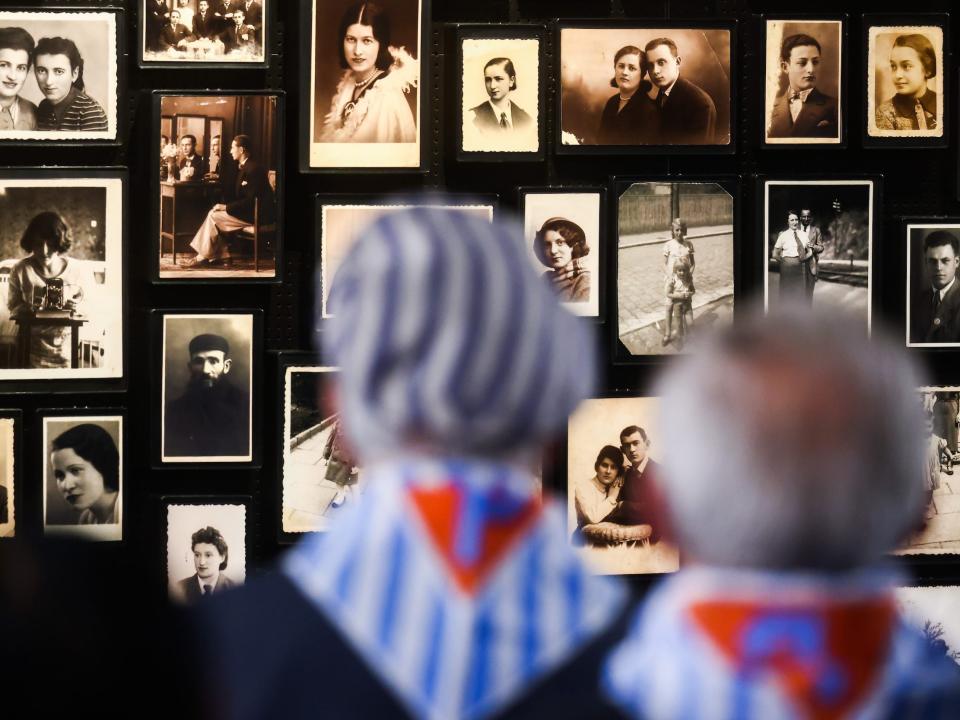
Holocaust survivors and former Auschwitz inmates were joined by world leaders at a wreath-laying and candle ceremony in front of the Death Wall to remember the thousands who died at the former Nazi concentration complex.
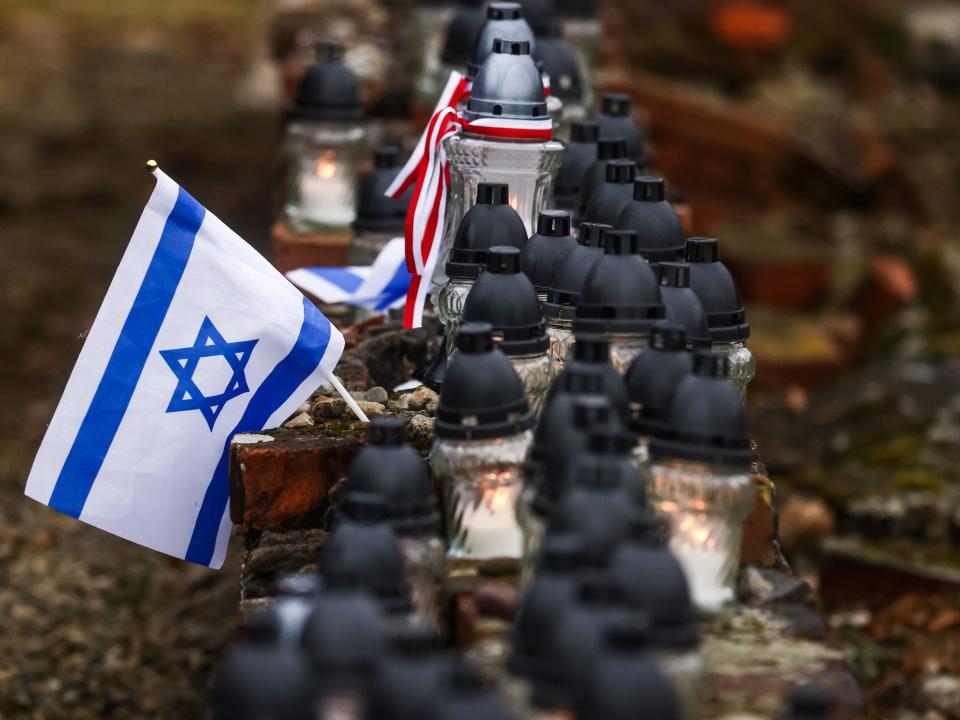
Editor's note: This list was first published in January 2020 and has been updated to reflect recent developments.
Read the original article on Business Insider

